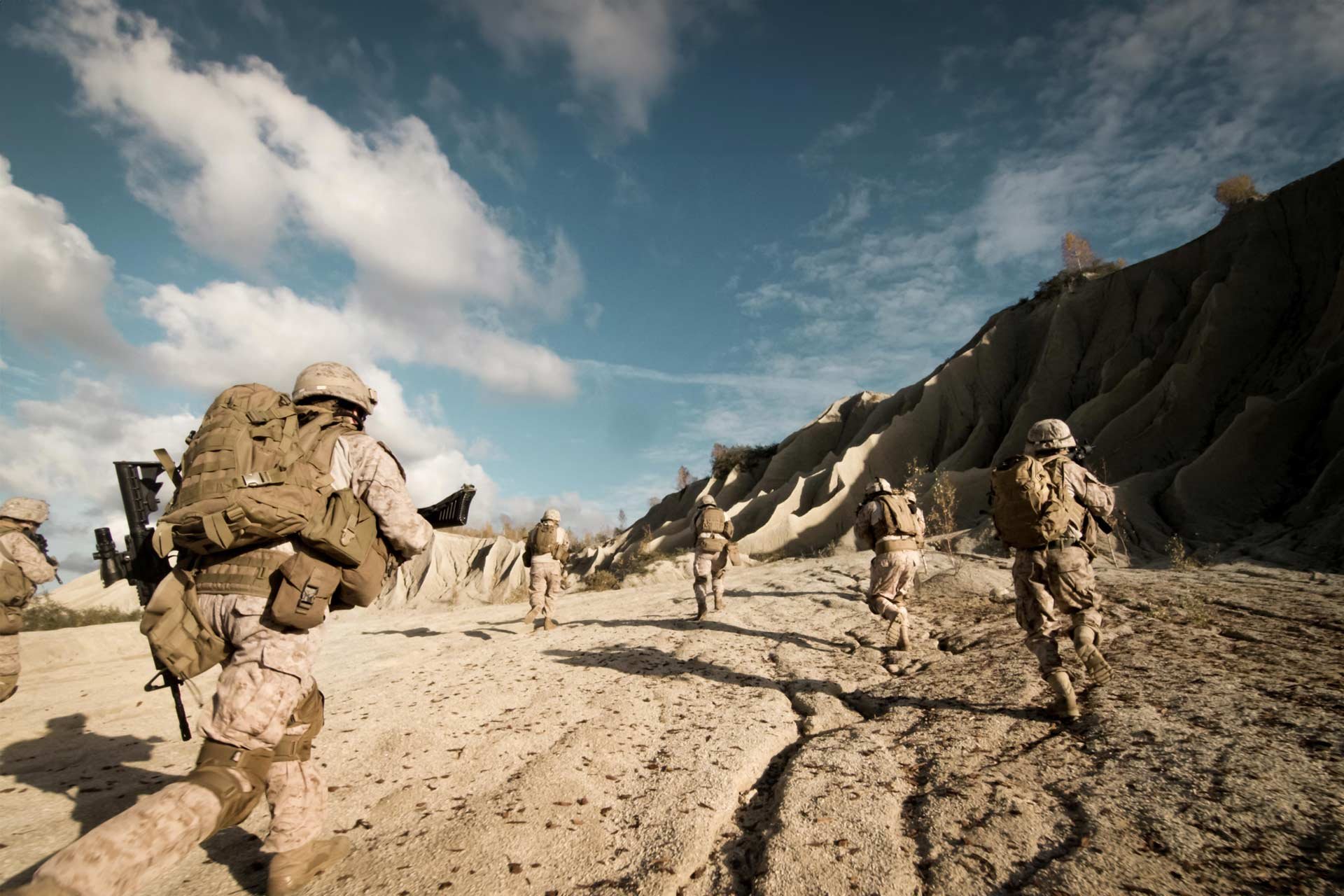PASSIVE DETECTION
Against Drones in Conflict
THE GROWING THREAT OF DRONE WARFARE
Since 2015, Squarehead Technology has emphasized the increasing role of drones in modern conflicts. The current war in Ukraine has demonstrated the devastating effectiveness of drones that evade traditional detection methods, such as RF-signatures (Radio Frequency-signatures) and radar, by operating in ground clutter or remaining electronically silent. These drones, capable of carrying high explosives, pose a significant threat to soldiers, military assets, and important infrastructure.
WHAT IS PASSIVE DETECTION?
Passive detection refers to using sensors and countermeasures without emitting any active signals, such as electromagnetic pulses, that reveal one’s position to the enemy. One of the most effective passive detection technologies is acoustics, which gathers ambient sound without emitting signals, making it an “invisible” sensor. This makes acoustic sensors ideal for maintaining stealth while providing situational awareness for soldiers in conflict.
WHY IS PASSIVE DETECTION IMPORTANT?
When facing hostile forces, maintaining one's position's secrecy is crucial. Traditional methods like camouflage have evolved to include the need to conceal electronic footprints. Devices like mobile phones, radars, and radios contribute to this footprint, potentially exposing positions of soldiers. In addition, when emitting electromagnetic signals, you become vulnerable to jamming. Acoustic detection, however, does not have an electronic footprint, preserving operational security while enhancing situational awareness.
ACOUSTIC ARRAYS: DETECTING THREATS UNSEEN
Acoustic detection systems, such as Discovair, are an effective CUAS (Counter-Unmanned Aircraft System) because they do not produce an electronic signature. This allows continuous operation without the risk of detection. These systems consist of acoustic arrays that detect and track drones, providing reliable coverage without the vulnerabilities of electronic systems. The Discovair captures emitted sound signals and uses advanced machine learning/AI algorithms to monitor and analyze the acoustic input, ensuring precise drone detection and classification. Read more about our technology.
THE NEW SOUND OF WAR
Soldiers and civilians in recent conflicts, such as the war in Ukraine, are heavily exposed to the kinetic threat from drones. The new vertical danger leads to massive losses of lives and military assets, in addition to imposing a psychological strain on soldiers and civilians which can contribute to long-term conditions like PTSD. Effective detection systems mitigate this by providing awareness of potential threats, allowing soldiers to prepare and respond appropriately, thereby reducing stress and improving operational effectiveness.
INTEGRATING ACOUSTICS WITH RADARS AND CAMERAS
To minimize electronic emissions, integrating acoustic sensors with radar and cameras (EO) is becoming more common. Acoustic sensors can cue radars and cameras to focus on confirmed threats, reducing unnecessary emissions and improving overall detection accuracy. This synergy enhances the effectiveness of detection systems while maintaining a low electronic profile.
AREA DETECTION WITH DISTRIBUTED SENSORS
Acoustic arrays also offer strategic advantages by covering large areas with fewer sensors. This capability enables effective monitoring of vast regions, determining the direction and trajectory of incoming threats, and providing comprehensive situational awareness. The scalable nature of these systems makes them suitable for various applications, from protecting borders to securing military installations, all crucial when in conflict.
RESULT
Squarehead's radical innovations in passive acoustic drone detection technology proves to be reliable in modern conflict scenarios. By leveraging acoustic arrays and integrating them with other technologies, Squarehead provides robust solutions for detecting and mitigating drone threats, ensuring the safety and effectiveness of military operations.


